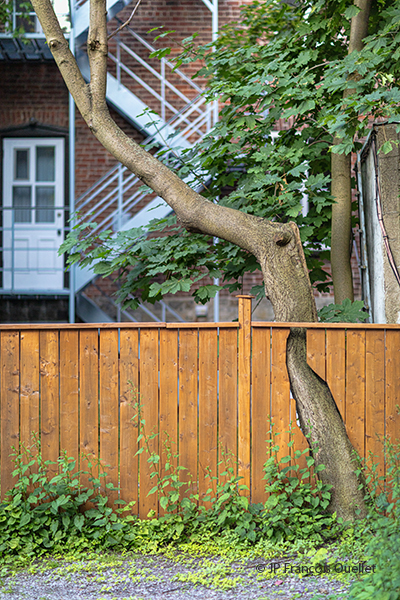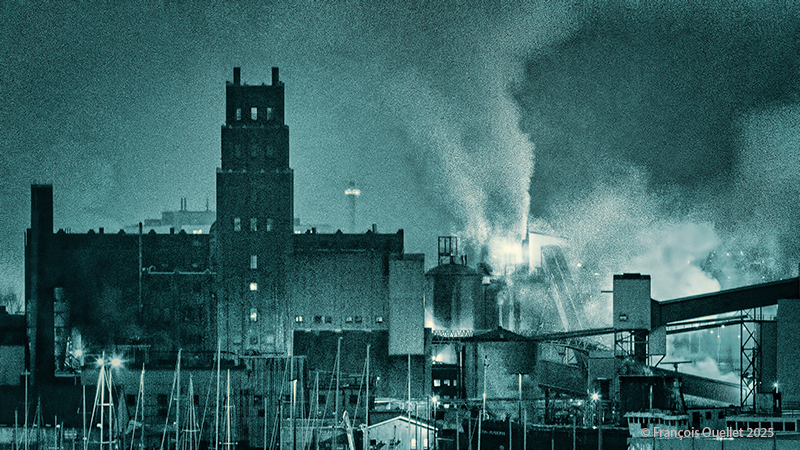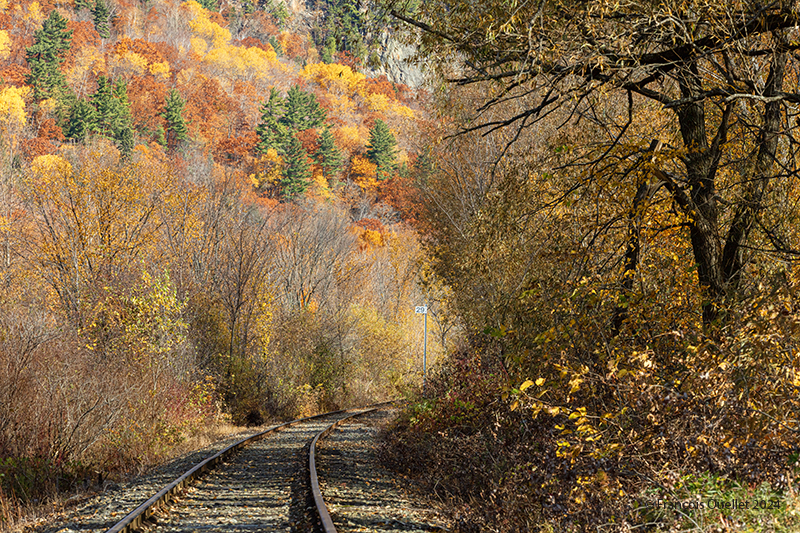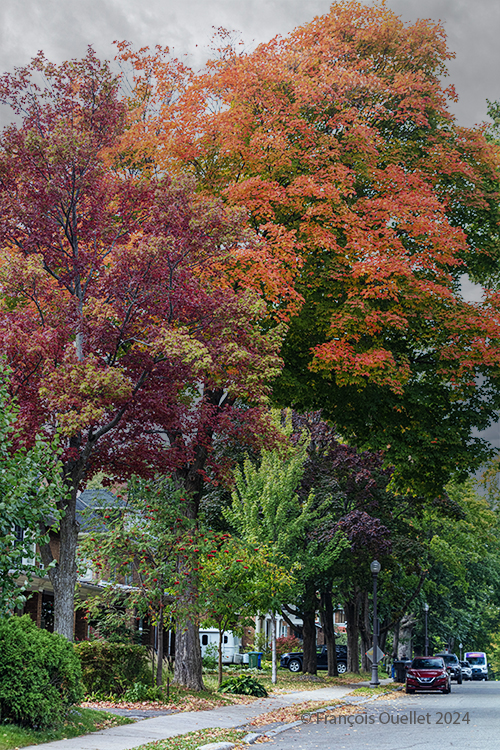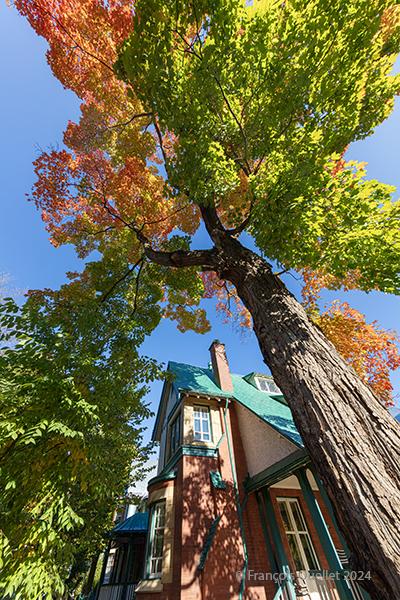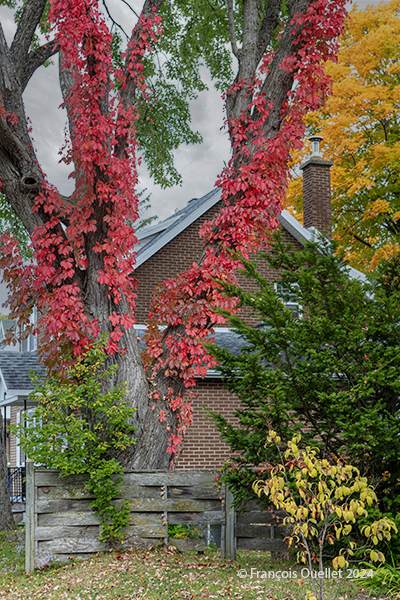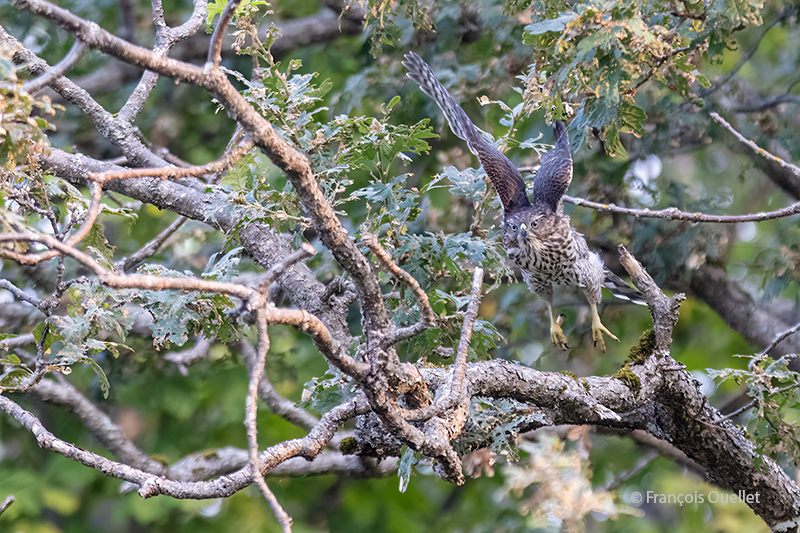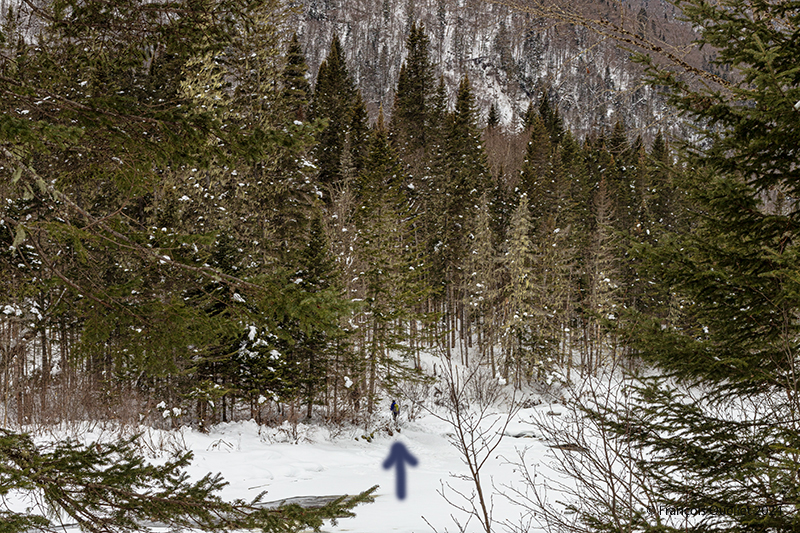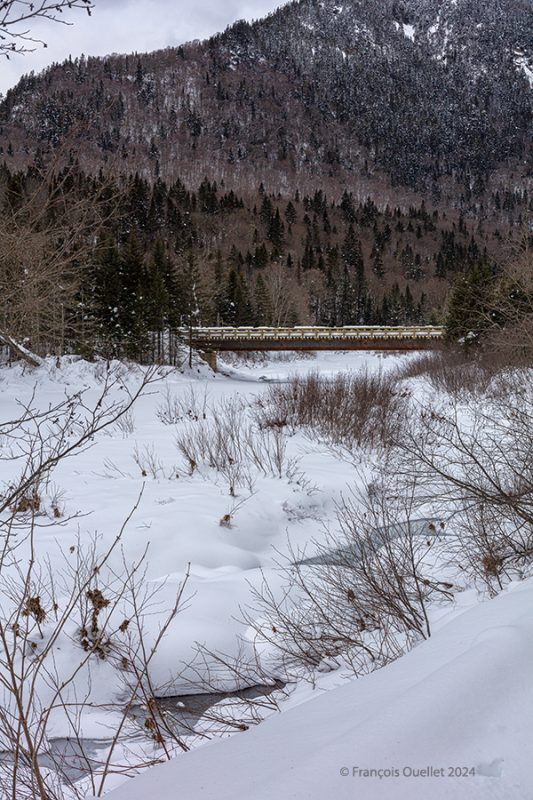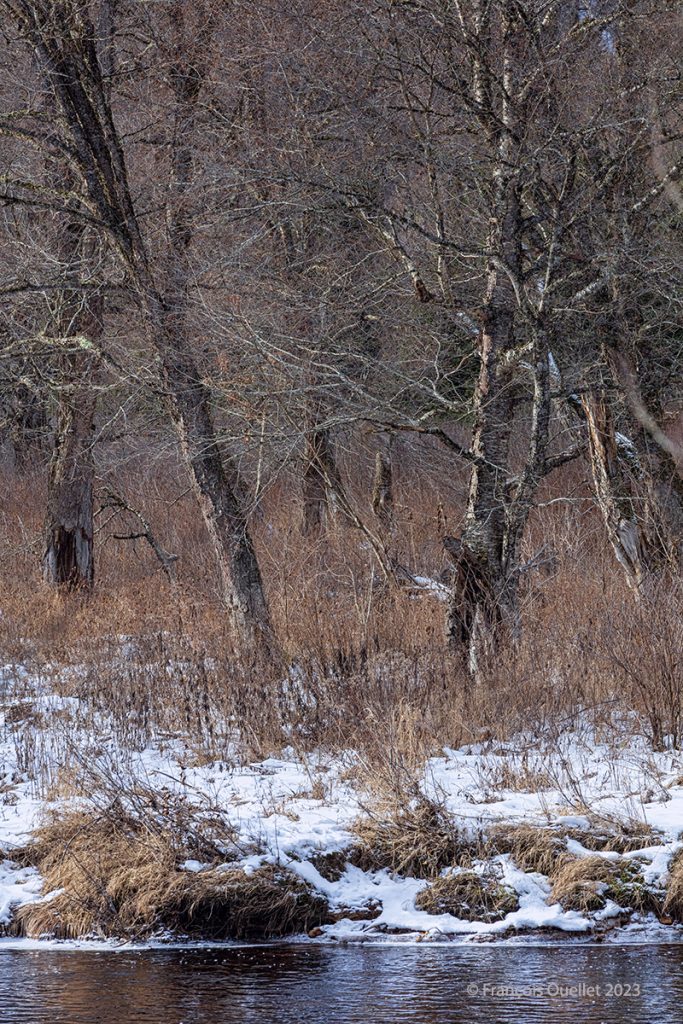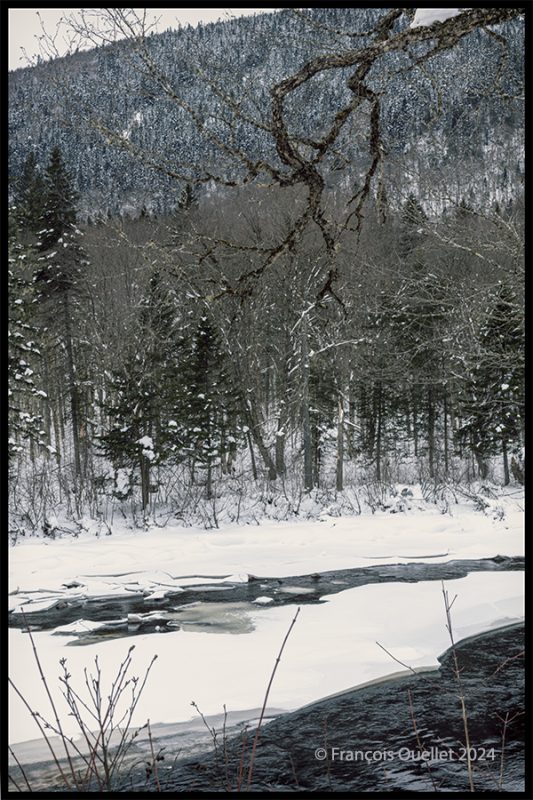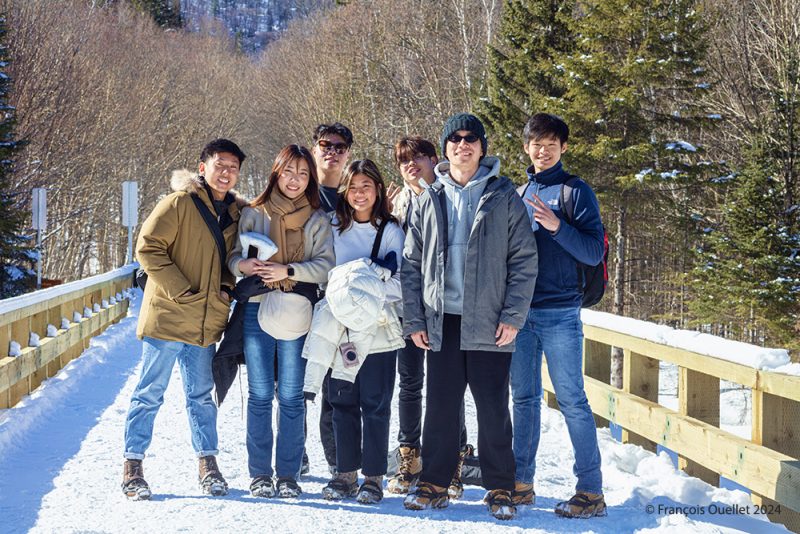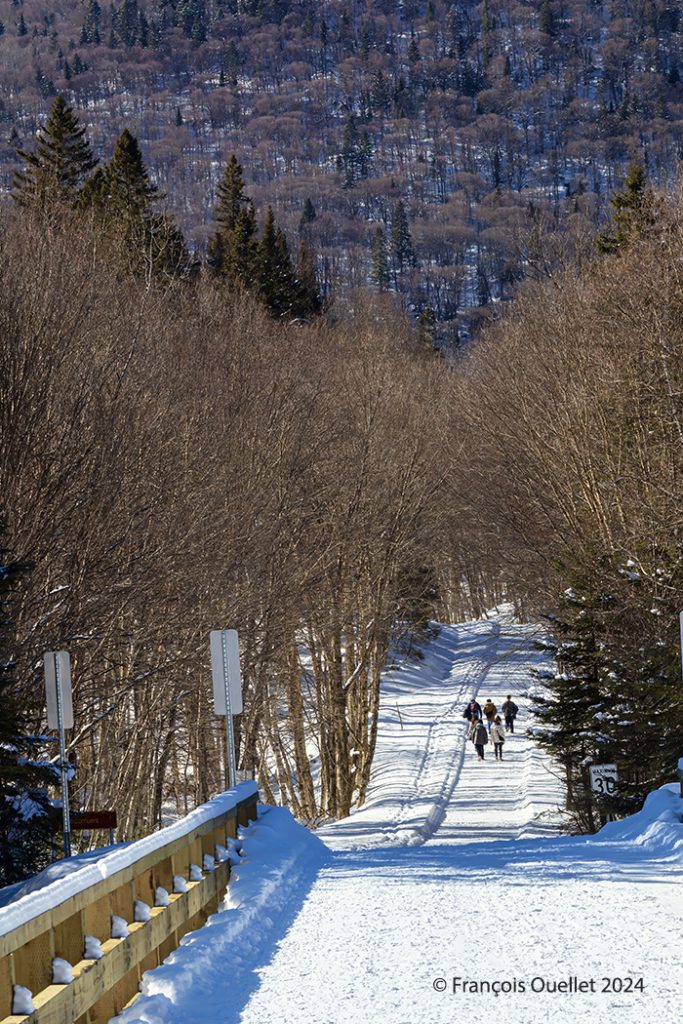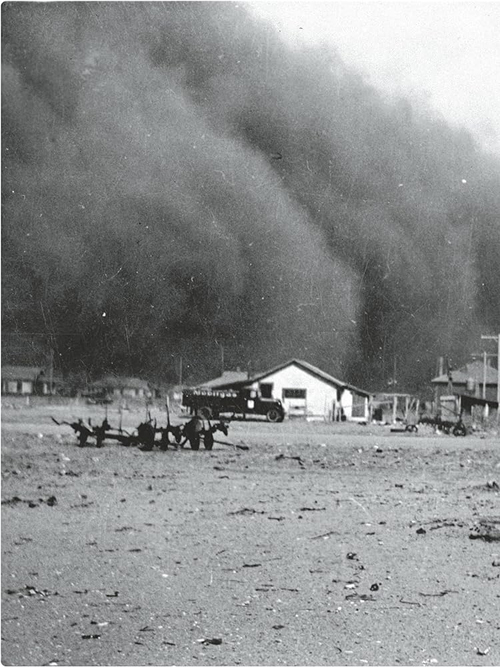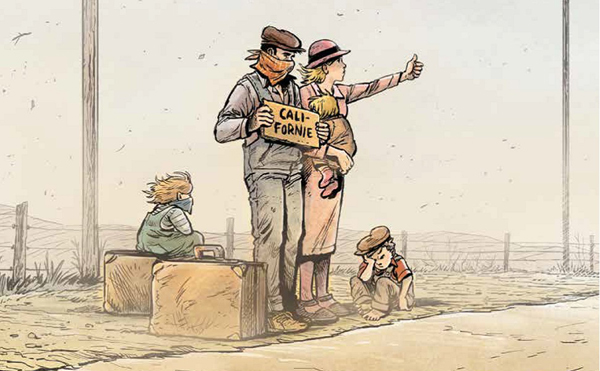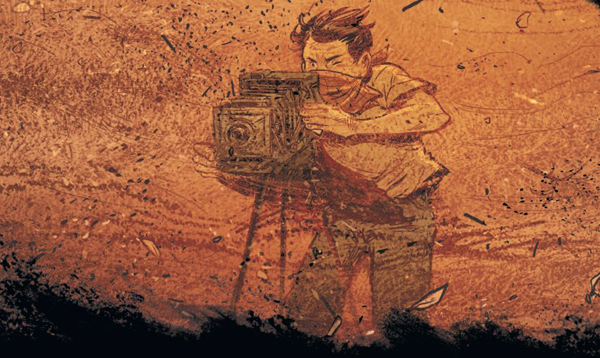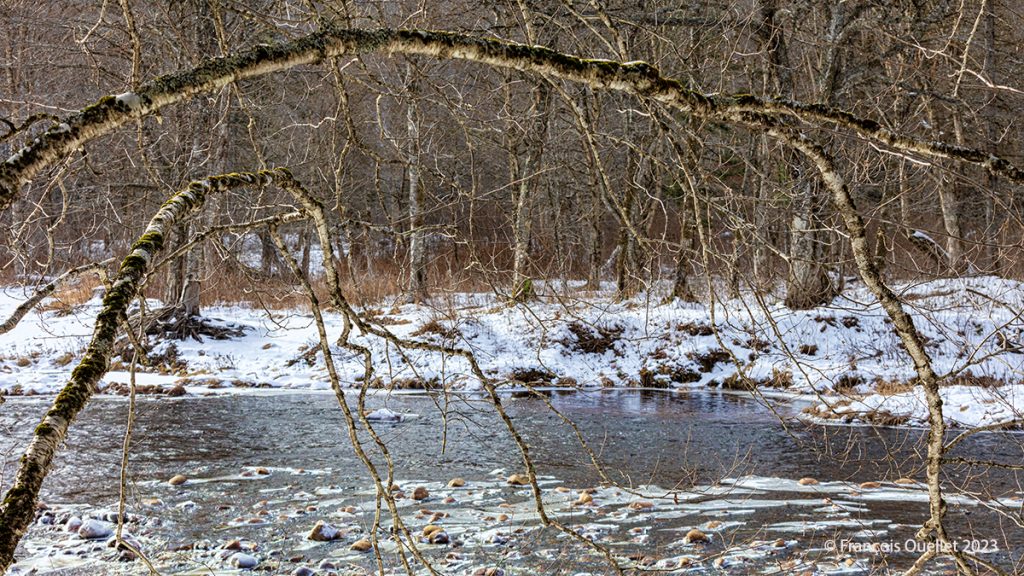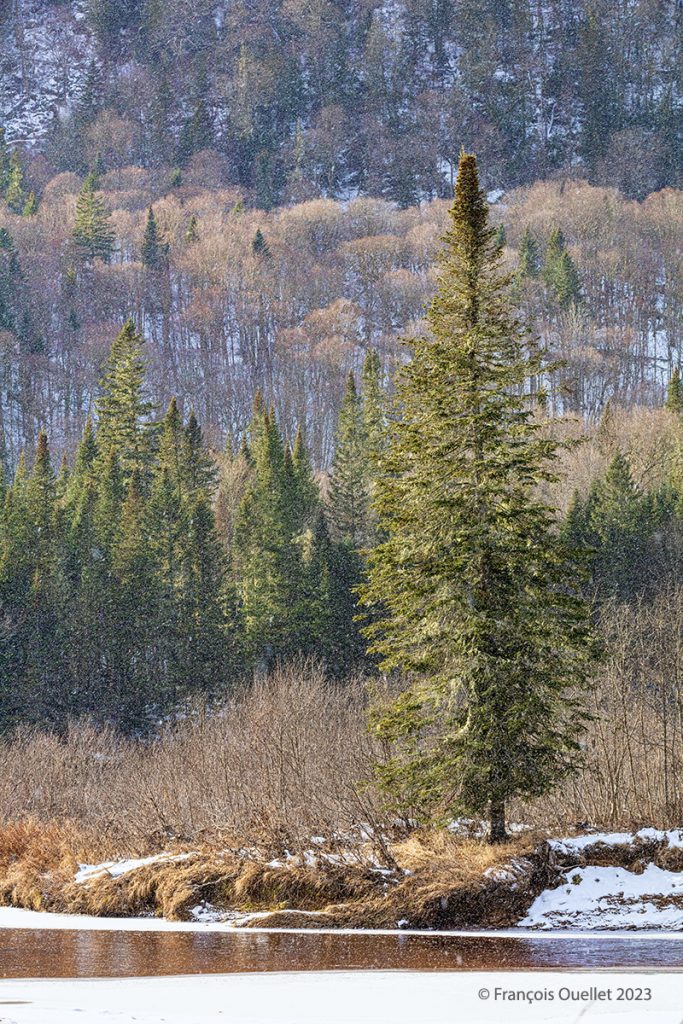
What a wonderful experience this week at the Montreal Insectarium! While we were visiting one of the pavilions, an attendant offered to hold a Extatosoma tiaratum, also known as tiara snail, scorpion stick or Australian walking stick.
The insect gets its scorpion-like reputation from the fact that it curls its tail in the same way as a scorpion when it feels in danger. But it doesn’t sting. You can then put your hand upside down and it will grab you effortlessly. This is its natural position under a branch.
As someone who rarely carries his cell phone around with me, I was delighted to have the opportunity to take a photo of him that day!

The diversity of shapes and colours of insects in the environment is astounding. Nature never ceases to amaze.

In addition to the central pavilion, home to a large number of colourful insects, visitors can also take a stroll through the butterfly aviary. The butterflies wander around the visitors, but it is forbidden to touch them.
Among Quebec’s tourist attractions, the Montreal insectarium is well worth a visit.
Click on the link for more articles and photos on the environment in my blog.
